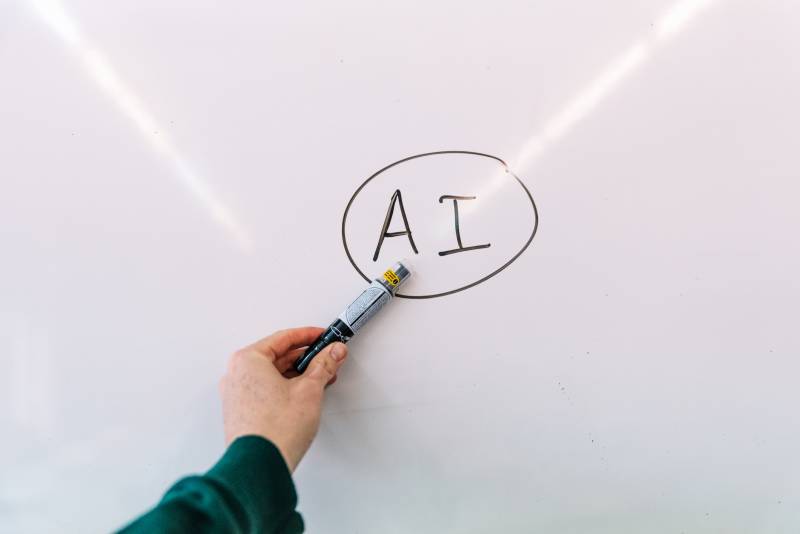When ChatGPT was released to the public in November of 2022, it didn’t take long for the technology to make its way into K-12 classrooms across the country. Now, two years later, schools are starting to develop guidance for teachers and students addressing the use of generative AI in the classroom.
Like all new tools, understanding and adopting AI comes with a learning curve. That means teaching the teachers to think about AI innovation in meaningful ways, according to Raphael Adamek, the director of technology and innovation for a school district in rural Vermont.
For the 2024-25 school year, Adamek’s school district developed clearly laid out guidelines for generative AI use both by students and teachers. Teacher professional development is also specifically designed to give educators a foundational understanding of how AI works. For now, Adamek and his district discourages teachers from using generative AI for grading purposes; if a teacher is interested in using those tools, they must get guidance from a school leader first. Teachers are also barred from using AI detection tools on student work to detect authenticity or cheating, as well.
AI detection software is still in development and at best “all it can give you is a probability” of AI generated content use, said Jesse Dukes, of MIT’s Teaching Systems Lab.
Adamek’s district has specified which generative AI platforms are approved for use by teachers – Google Gemini, ChatGPT, Perplexity, and MagicSchool AI made the list – but use is up to the teacher’s discretion. The educators are aware that their tools and policies may change due to the quick pace of evolving AI technologies, but it’s important to try. “We’re not going to get it right the first try,” said Adamek, but “we’re going to get feedback from experts,” and “we’re going to learn.”
Deciding When to use AI in the Classroom and When to Leave it Behind
Kevin Guidotti encourages teachers in his district to experiment with AI, but to do so “with a healthy dose of skepticism.” Guidotti is the director of technology and professional learning for a school district in New York.


